About a decade ago, I found myself in a dimly lit basement club in Berlin, nervously clutching my first pair of suede-soled shoes. I wanted to dance—sure—but I had no clue how much history I was stepping into. That awkward first step instantly connected me to something far bigger than any jitters: a tradition born out of struggle, joy, and radical self-expression. This post dives into Lindy Hop’s roots, why anti-racism work matters for our scene, and how you (yes, you, even as a new dancer) shape what this dance becomes tomorrow.
What Makes a Dance: More Than Just Footwork
When you step onto the dance floor, it’s easy to focus on the mechanics—where your feet go, how your arms move, the rhythm of your partner’s lead. But Lindy hop culture is built on much more than just footwork. At its core, Lindy Hop is a living, breathing history—a dance that carries the stories, struggles, and triumphs of its creators with every swingout and every beat. To truly understand Lindy Hop history, you have to look beyond the steps and see the people and the culture that shaped them.
Consider this: have you ever watched two experienced teachers debate the “right” way to do a swingout? One might swear by a particular handhold, while another insists on a different rhythm. This isn’t just a technical disagreement. It’s a window into how dance education is layered with personal interpretation, tradition, and innovation. Each teacher learned from someone before them, inheriting not just moves but the lived experiences and perspectives of previous generations. In Lindy Hop, there is rarely a single “correct” way—only evolving expressions shaped by time, place, and community.
Research shows that Lindy Hop is a complex web of influences, shaped by both individual and collective experiences. The DNA of this dance is deeply rooted in the lived realities of African-American dancers who created it in Harlem’s Savoy Ballroom. Born out of both joy and oppression, Lindy Hop was an act of defiance and celebration—a way for Black Americans to claim space, express freedom, and build community in the face of adversity. As the dance spread, it carried these stories with it, even as the community around it changed.
Today, Lindy Hop culture is global, but its roots remain firmly planted in Black American history. As a dancer, you play an active role in how this culture evolves. Every question you ask your teachers, every song you choose to dance to, every event you attend or support—these choices shape the direction of the community. Whether you’re a seasoned dancer or just starting out, your voice matters. You influence what gets taught, which artists are celebrated, and how the dance is understood by future generations.
It’s important to remember that learning Lindy Hop is not just about memorizing steps. It’s about honoring the culture and the people who created it. As one community leader put it:
'Our community owes its existence to this art form’s creators. This is why we need to honour it, not only by learning the steps, moves and techniques, but also forming a more profound understanding of its history and culture.'
When you approach dance education with curiosity and respect for Lindy Hop history, you help preserve its cultural richness. You also help ensure that the voices of African-American dancers remain central to the story—a story that is still being written, every time someone steps onto the floor. The evolution of Lindy Hop depends on all of us: our choices, our questions, and our willingness to learn not just the “how,” but the “why” behind every move.
Why Ignoring History Hurts (And How You Can Help)
It’s easy to get swept up in the excitement of learning new Lindy hop moves or attending your next social dance. But have you ever noticed when someone teaches the Charleston without mentioning Harlem? It’s awkward—and more than that, it’s a sign of something deeper: cultural amnesia. When we ignore the roots of Lindy hop, we risk losing the very soul of the dance and, in turn, the sense of community that makes it so special.
Lindy hop is not just a collection of steps; it’s a living, breathing art form born from Black American culture. The dance emerged as an act of resilience and creativity in the face of oppression. Every swingout, every rhythm, carries the memory of those who shaped Lindy hop history. If we gloss over this, we’re not just missing facts—we’re missing out on the resilience, joy, and collective memory that give the Lindy hop community its depth.
Research shows that when communities neglect their history, cultural preservation suffers. This opens the door to cultural appropriation, where the dance becomes disconnected from its origins and loses its meaning. As one community member put it:
'Sadly, this has already happened within the community we love and cherish so much; in the past few years more and more of us are waking up to the realisation that we have not been doing a good job at preserving the culture of the dance.'
Without honoring Lindy hop’s roots, we risk erasing the stories, struggles, and triumphs of Black dancers who created this art form. The result? A less meaningful, less inclusive community. And yes, this is already happening. While there’s been increased awareness in recent years, there’s still much more to do.
So, how can you help? Start by actively seeking out the real story. Don’t just learn the steps—ask your teachers for cultural context. Support their efforts to bring Lindy hop history into the classroom. Attend panel talks and book clubs that dive into the dance’s origins. Seek out Black voices and perspectives within the Lindy hop community. Your choices—where you spend your time, money, and attention—shape the future of this dance.
There are organizations making a real difference in cultural preservation and anti-racist action. Collective Voices For Change (CVFC) organizes seminars and safe spaces to discuss racial inequalities and cultural appropriation in jazz dance. The Black Lindy Hoppers Fund (BLHF) supports and mentors Black leadership, helping to build a stronger, more inclusive Lindy hop community. The Frankie Manning Foundation (FMF) continues the work of the legendary dancer through dance scholarship funds, educational programs, and by honoring the legacy of Black American culture in swing dance.
Missing the real story means missing out on the creativity and resilience that make Lindy hop unique. But by plugging in—attending events, supporting organizations, and seeking out authentic voices—you help ensure that the Lindy hop community remains vibrant, meaningful, and true to its roots.
Reimagining the Future: From Bystander to Builder
Lindy Hop has become a truly global phenomenon, with vibrant scenes on nearly every continent. But as you look around the swing dance community, it’s impossible to ignore a key reality: the faces you see on the dance floor often don’t reflect the dance’s Black American origins. This disconnect is more than a matter of optics—it’s a call to action for anyone who cares about the Lindy hop community and its future.
You might wonder, “What difference can I make?” The answer is: more than you think. Every choice you make—where you spend your money, which events you attend, the feedback you give, the conversations you join—shapes the direction of the swing dance community. Your presence and participation are powerful tools for change. When you support events, teachers, and organizations that honor the roots of Lindy Hop, you help ensure that the dance remains connected to its history and open to all.
Imagine, for a moment, if the legendary Savoy Ballroom had a Twitter account today. What stories would be told? Whose voices would be amplified? Would the conversations celebrate the dance’s Black American heritage, or would they overlook it? The digital age gives us new ways to share, learn, and connect, but it also challenges us to be intentional about whose stories we tell and whose contributions we recognize.
Representation and inclusion are ongoing challenges in the Lindy hop community. As research shows, ambassador programs and scholarships are creating real pathways for leadership and cultural stewardship. Organizations like the Frankie Manning Foundation are at the forefront of this work, investing in future leaders who honor the dance’s roots. By joining or supporting these initiatives, you help cultivate new ambassadors and amplify underrepresented voices. The Foundation’s Ambassador program, for example, selects dancers who embody Frankie Manning’s values and provides them with training, mentorship, and opportunities to become cultural stewards. Scholarships open doors for dancers who might otherwise be excluded, and targeted funding helps ensure that Black Americans and other underrepresented groups can find a home in the swing dance community.
It’s important to recognize that this is a collective journey. As one community leader put it,
'Nowadays many in the community are working on adjusting its path to once again become a place where people of colour, Black Americans in particular, can feel welcome and appreciated and enjoy a position of influence within it.'
This work isn’t finished, and it won’t be easy. But every step you take—whether it’s learning more about the dance’s history, supporting ambassador programs, or simply having honest conversations—moves the Lindy hop community closer to a future that honors its past.
The legacy of Frankie Manning reminds us that Lindy Hop is more than just steps and music; it’s a living, evolving culture shaped by everyone who participates. As you look ahead, consider how you can move from bystander to builder. The future of the swing dance community depends on the choices you make today. Will you help ensure that Lindy Hop’s story remains rich, inclusive, and true to its roots? The answer, and the responsibility, is in your hands.
TL;DR: Learning Lindy Hop isn’t just about steps—it’s about understanding, honoring, and actively preserving the history and culture behind the dance. Every choice you make can nurture a more inclusive and meaningful swing dance community.


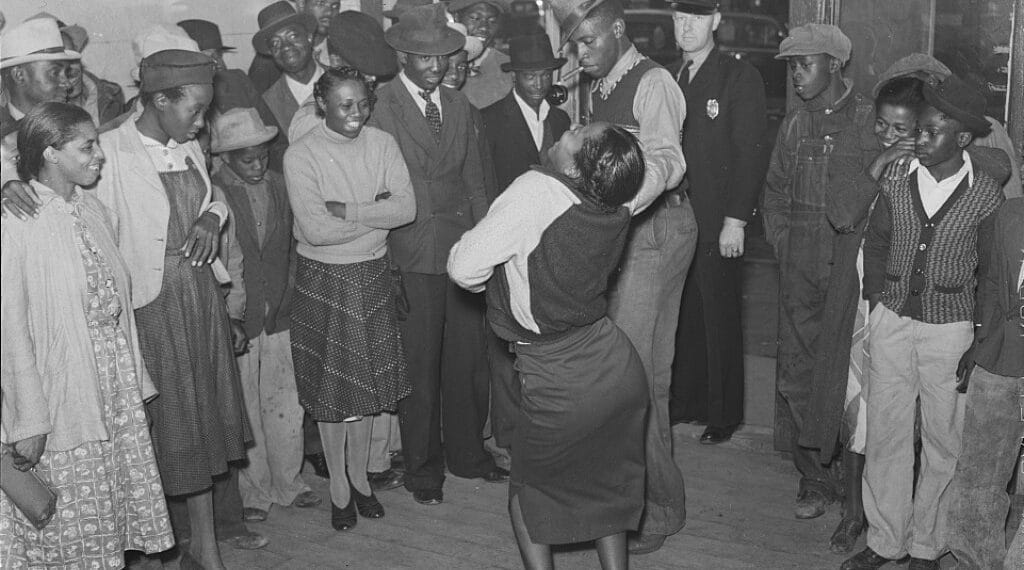
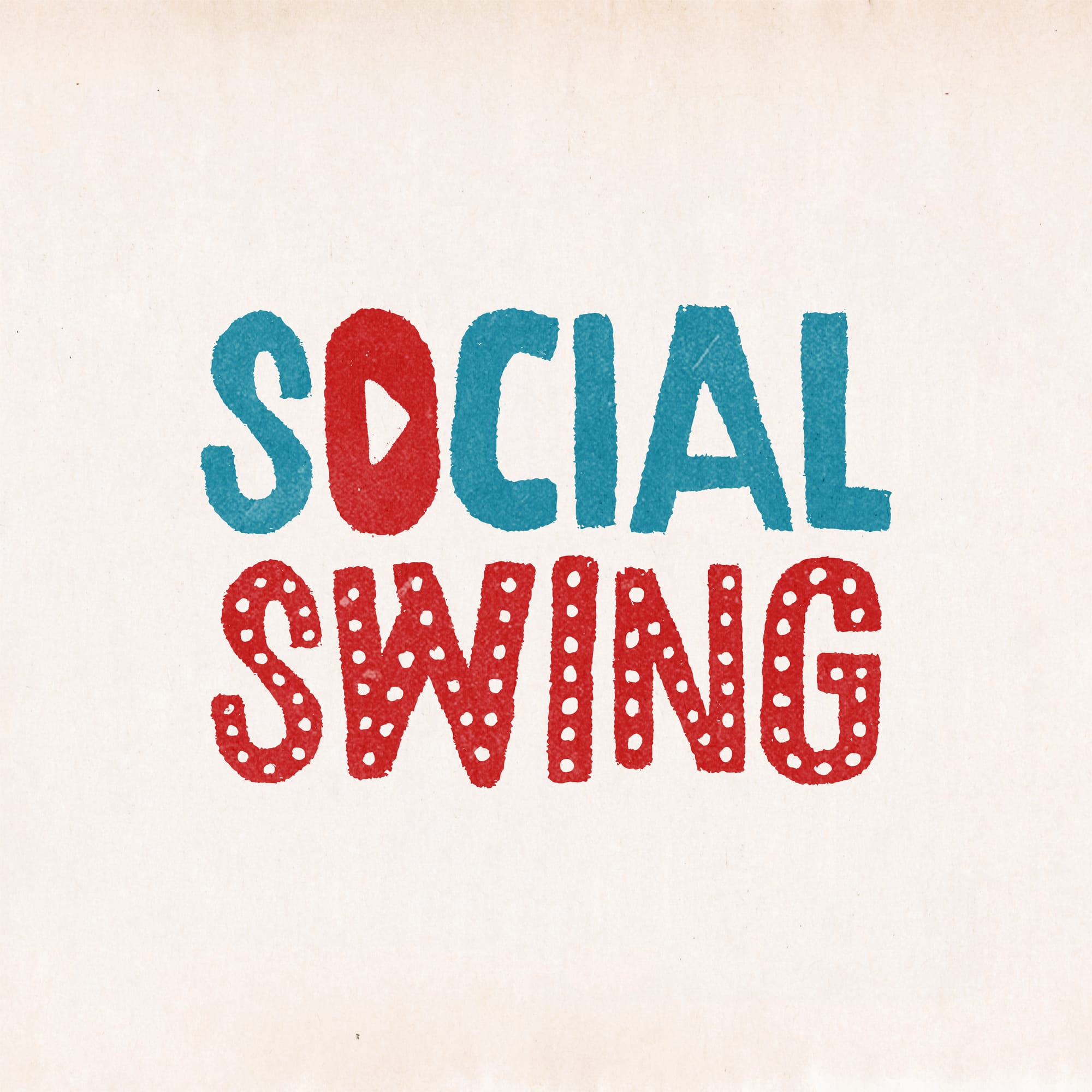

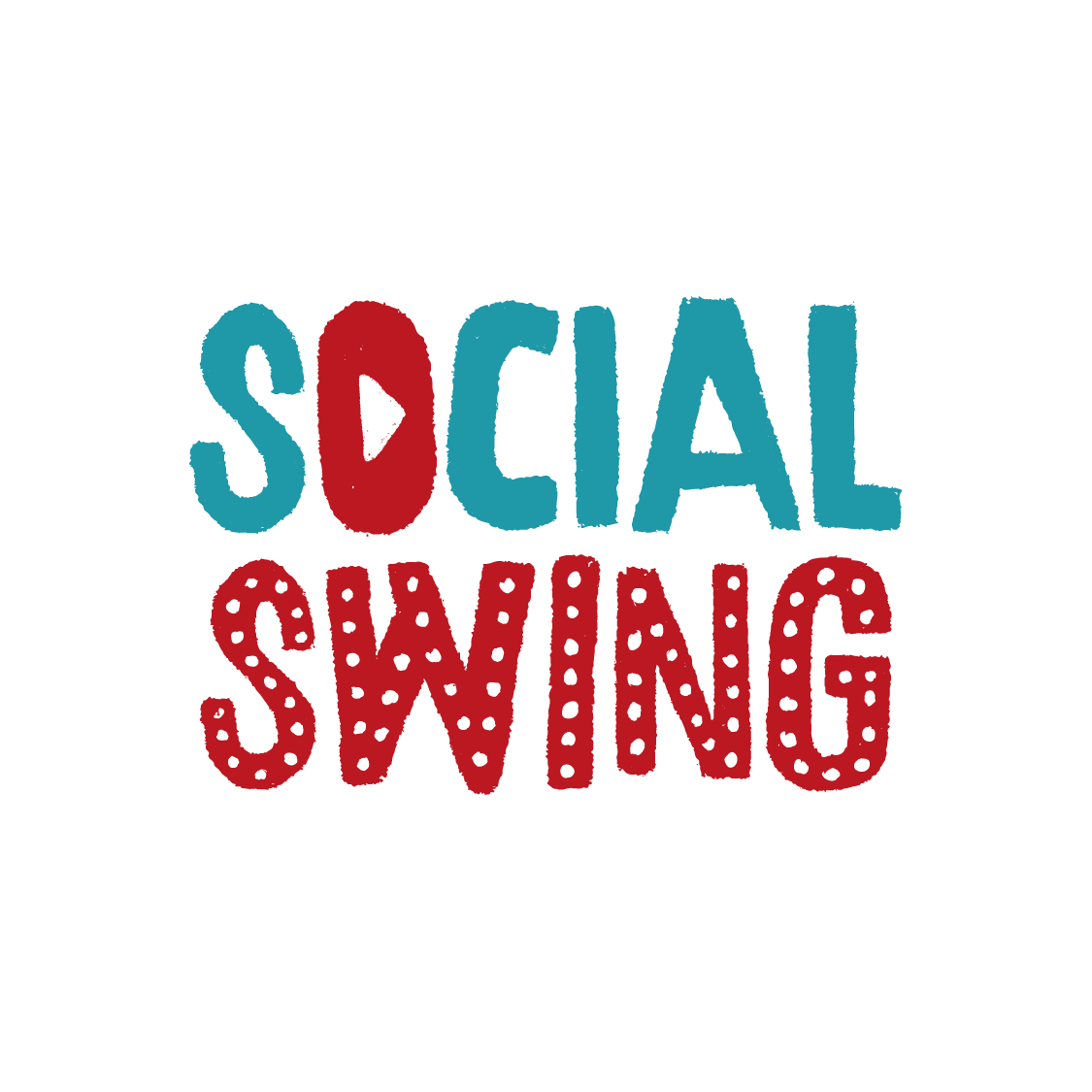
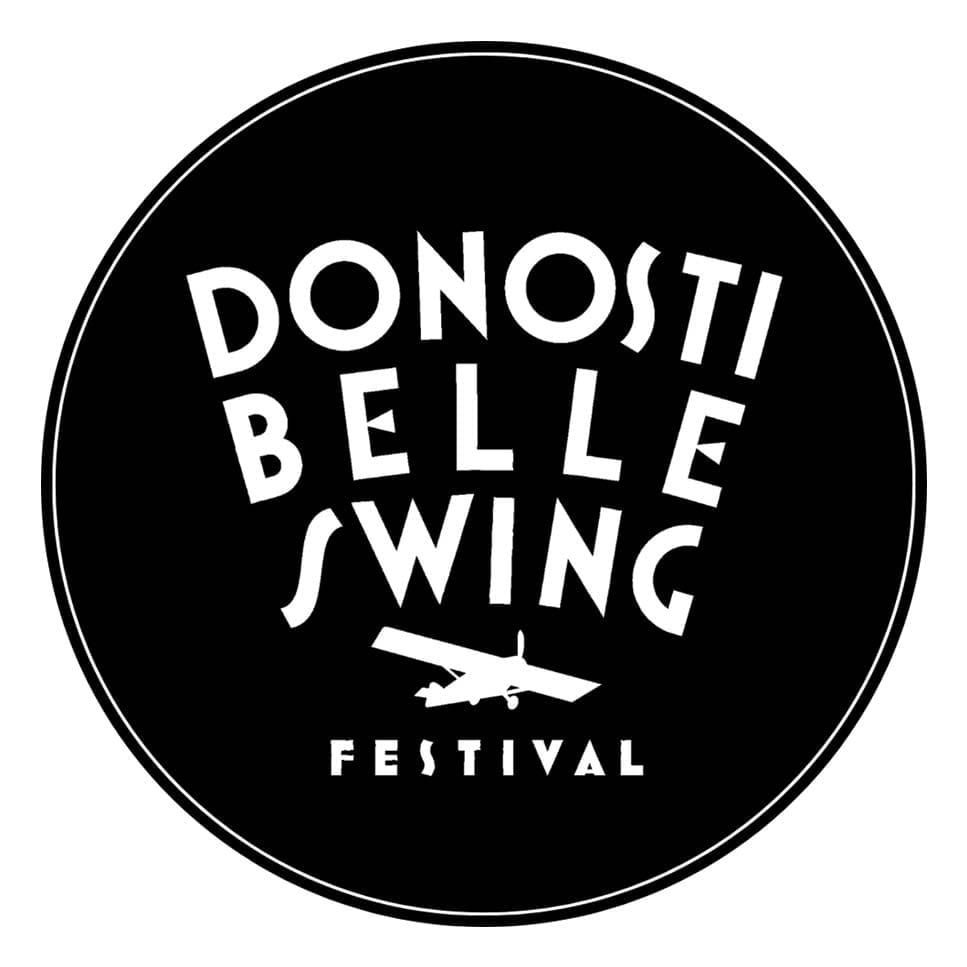
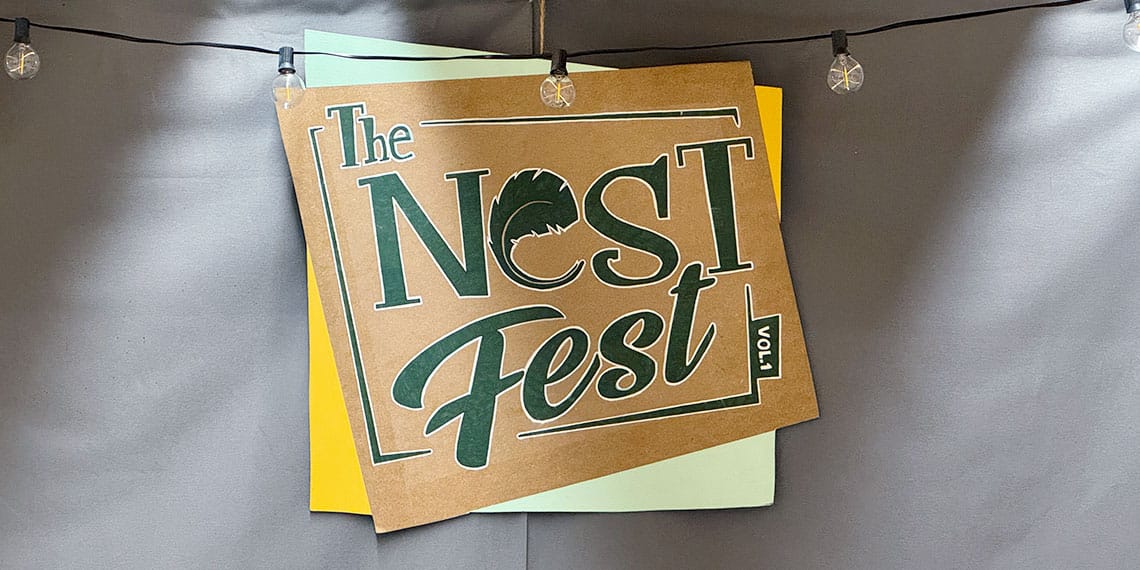
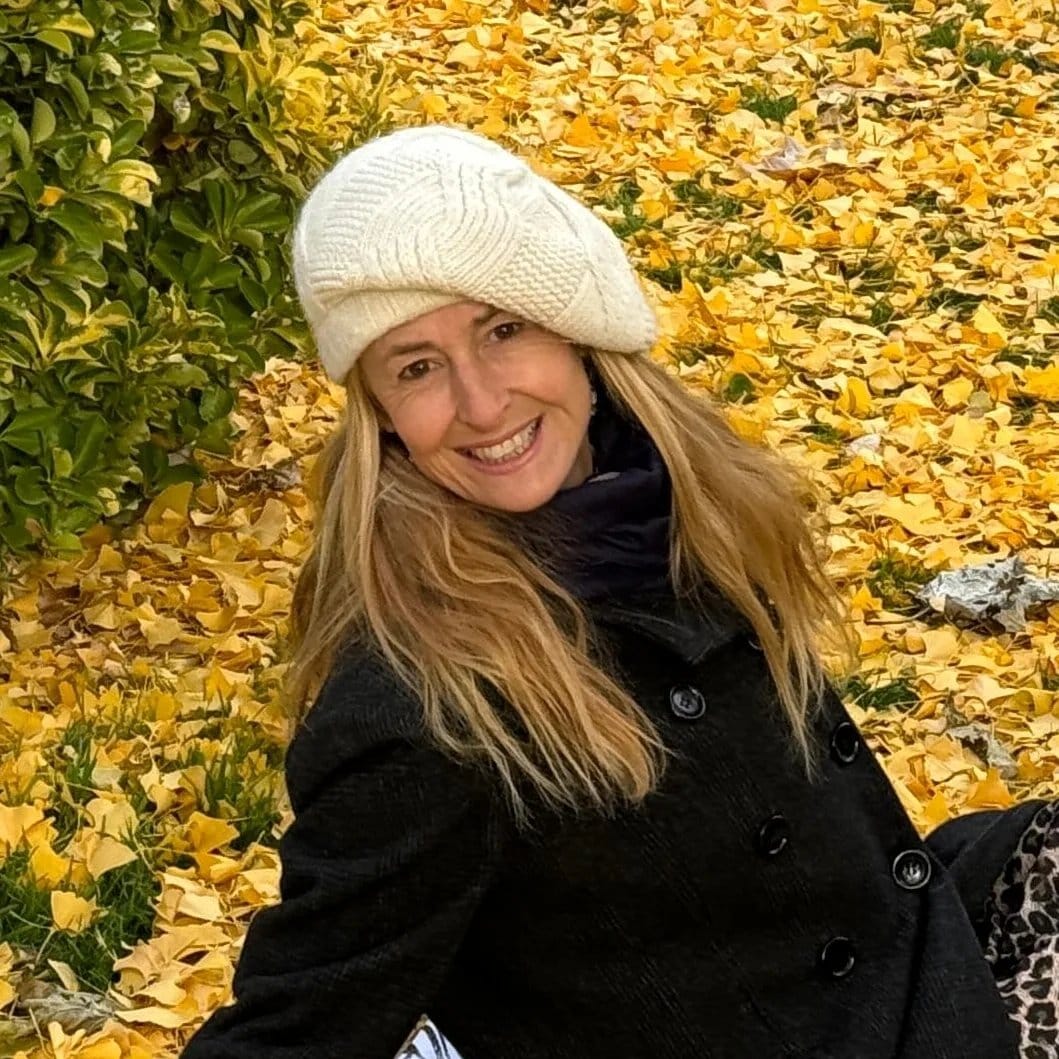

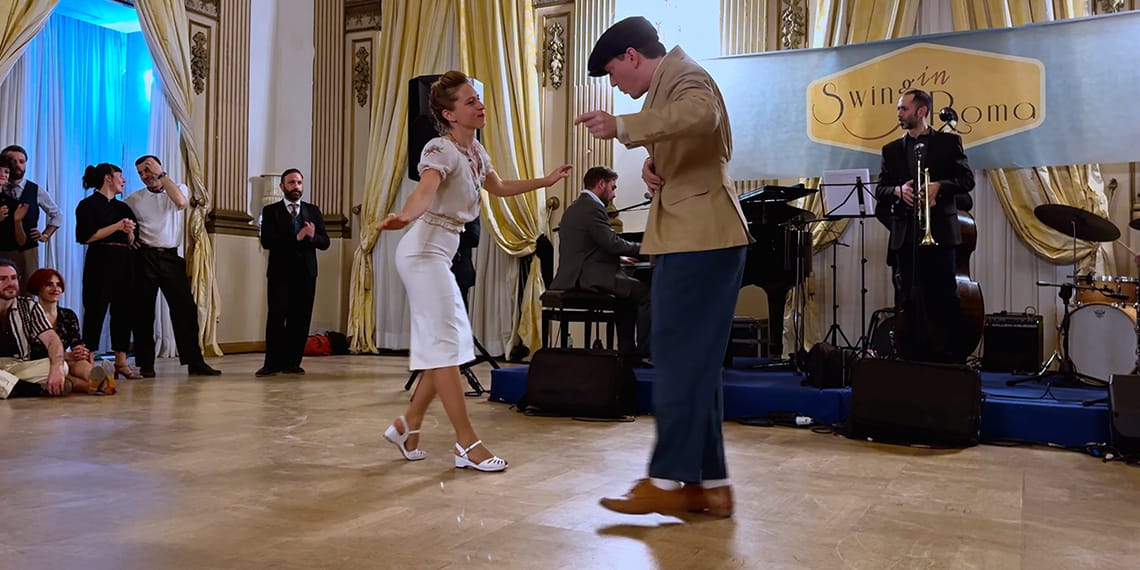
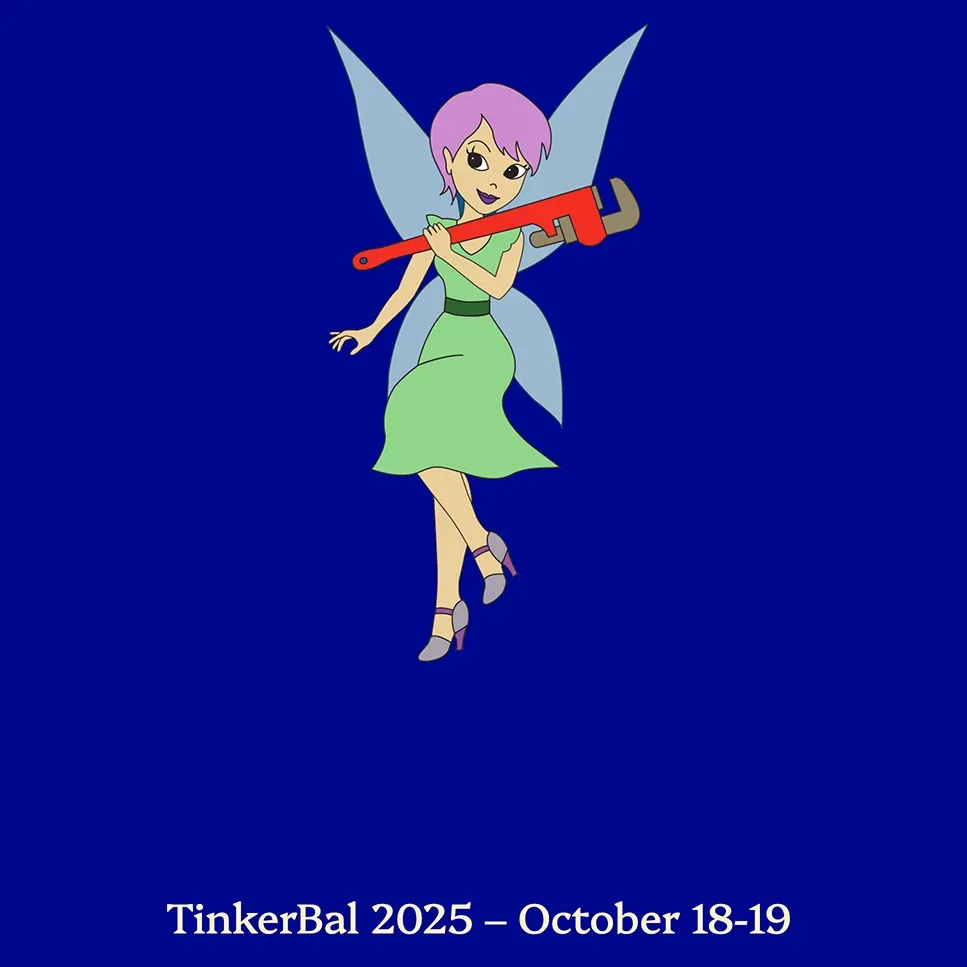
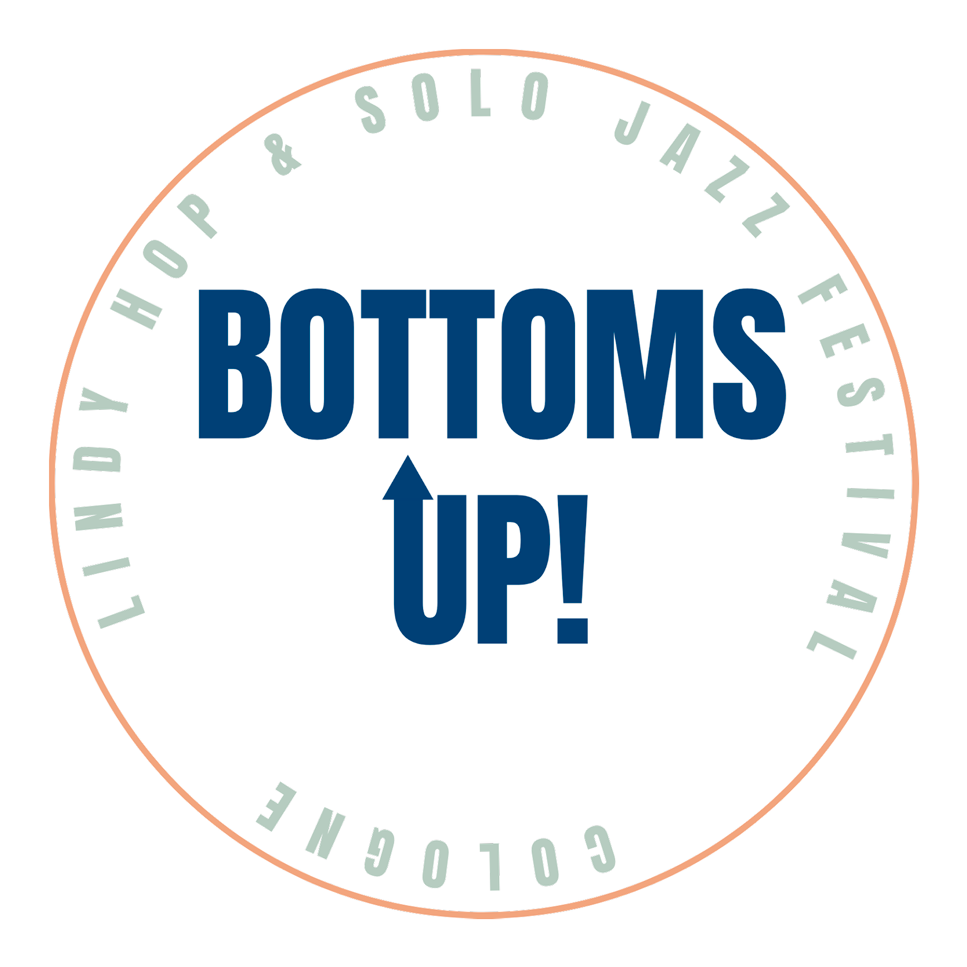
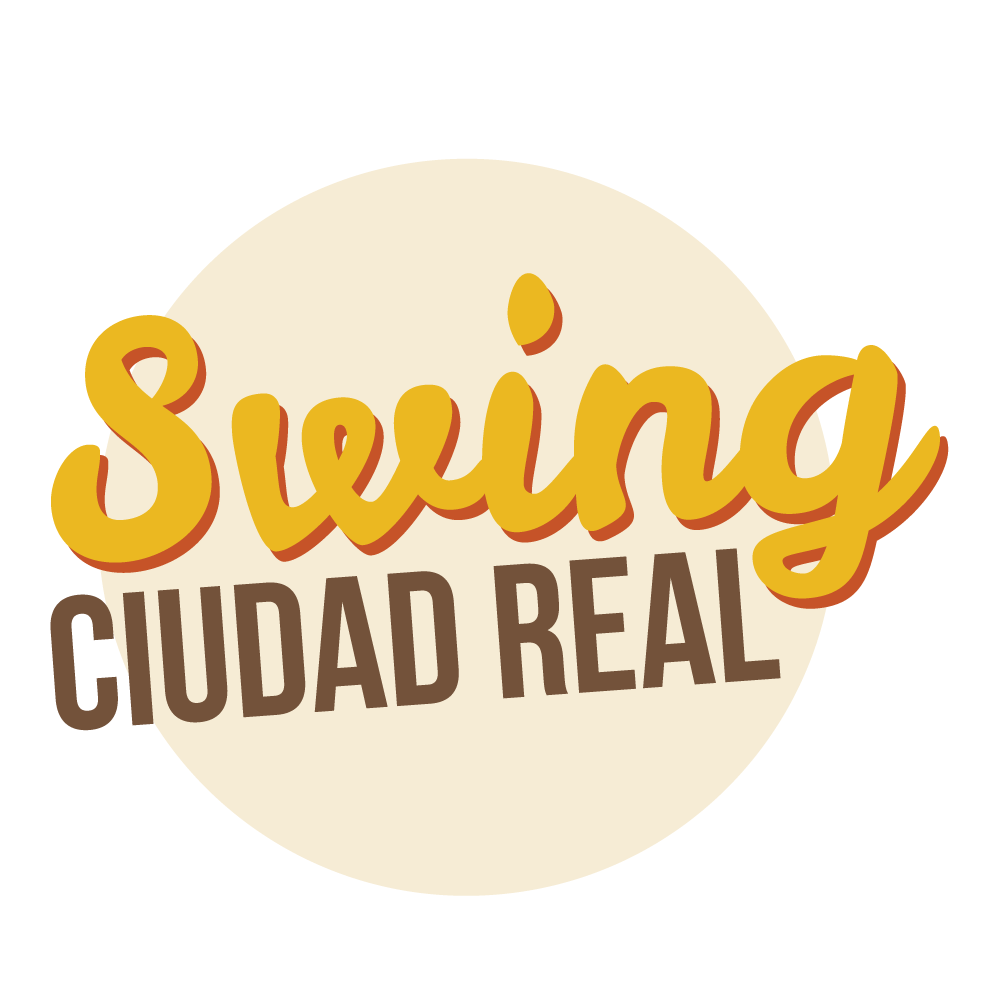


Discussion